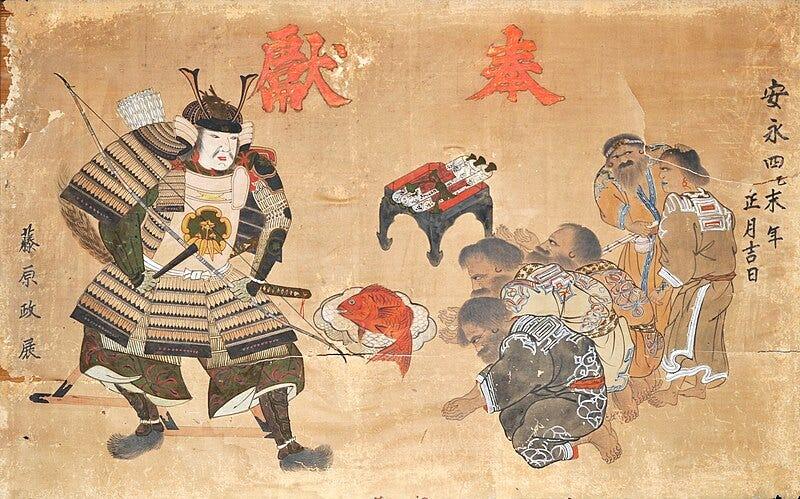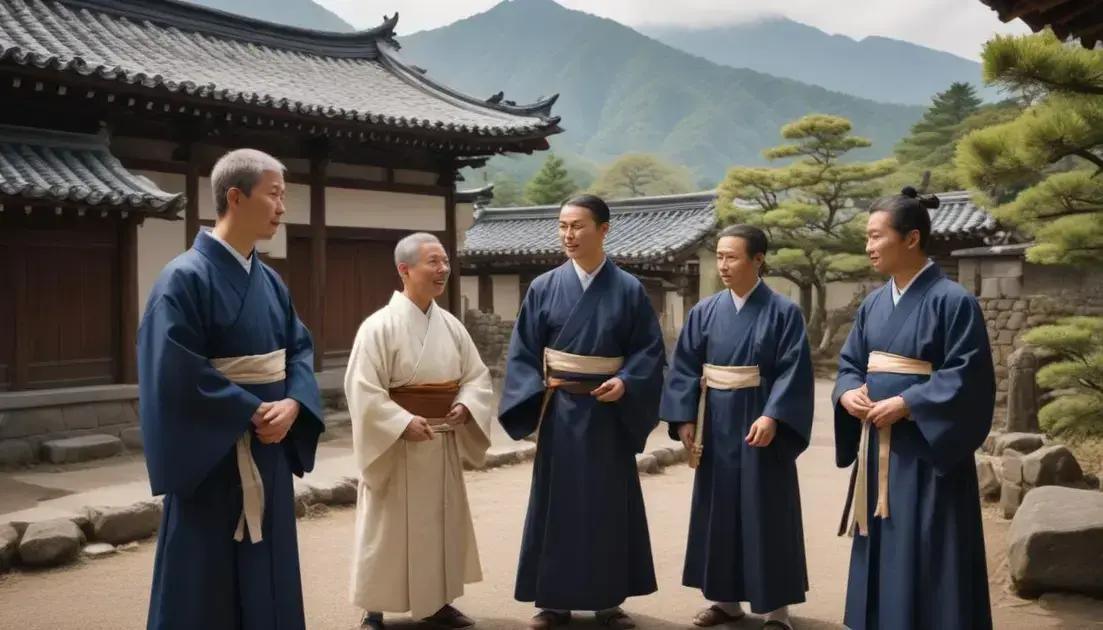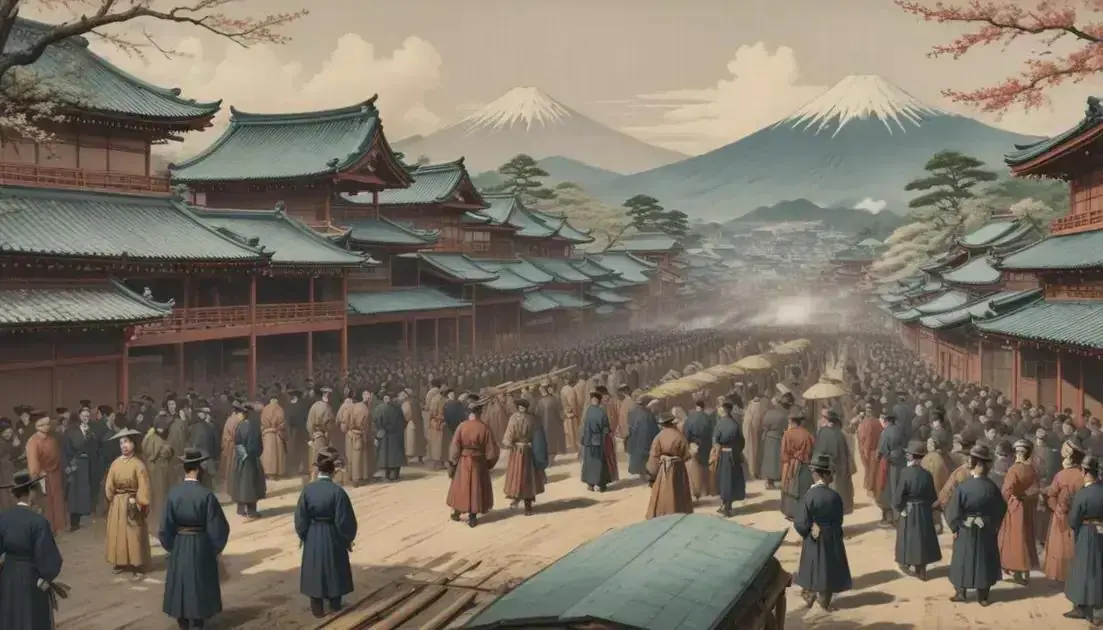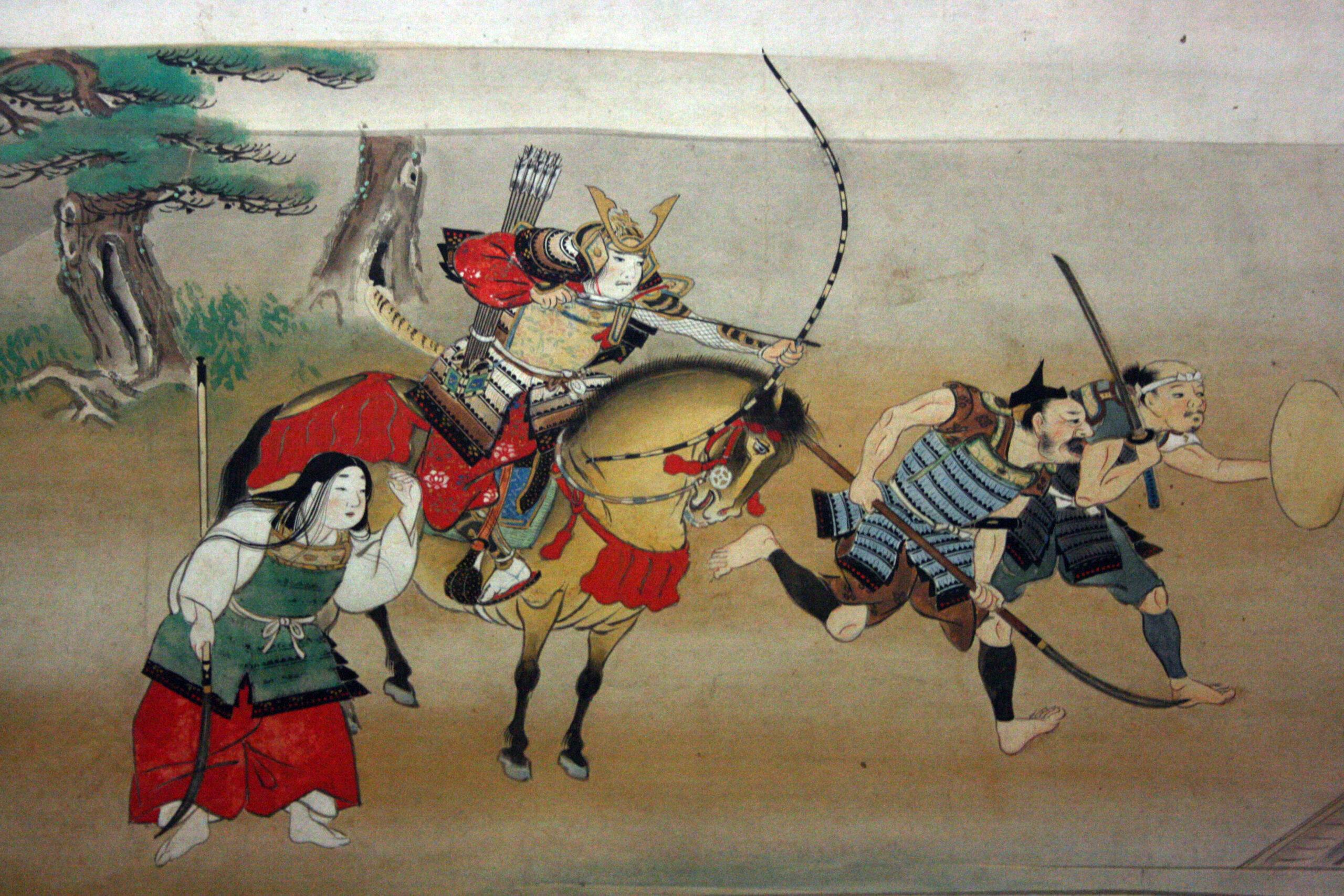
Feudal Japan: Samurai, Shoguns and the Code of Bushido
Feudal Japan: Samurai, Shoguns and the Code of Bushido
The rich tapestry of feudal Japan represents one of history’s most fascinating periods, spanning roughly from the 12th to 19th centuries. This extraordinary era, characterized by rigid social hierarchies, military governance, and profound cultural developments, continues to captivate historians, scholars, and enthusiasts worldwide. As any timeless reporter examining this pivotal chapter in world history would attest, feudal Japan’s influence extends far beyond its geographical boundaries, shaping modern understanding of honor, loyalty, and martial excellence.
During this remarkable period, Japan evolved from a collection of warring clans into a unified nation under military rule. The emergence of the samurai warrior class, the establishment of shogunate governments, and the development of the bushido code created a unique societal structure that would define Japanese culture for over seven centuries. Understanding feudal Japan requires delving into the complex relationships between warriors, rulers, and the philosophical principles that governed their actions.
This comprehensive exploration will examine the rise of the samurai class, the political dynamics of shogunate rule, the profound influence of the bushido code, the intricate social structures that defined daily life, and the eventual transformation that marked the end of this extraordinary era. Through careful analysis of historical records, cultural artifacts, and scholarly research, we can appreciate how feudal Japan continues to influence contemporary society and remains a subject of enduring fascination for anyone interested in understanding the complexities of human civilization.
The Rise of the Samurai Class in Feudal Japan
The emergence of the samurai class represents one of the most significant developments in feudal Japan history, fundamentally transforming the nation’s political, social, and cultural landscape. Originally serving as mounted warriors for wealthy landowners during the Heian period (794-1185), the samurai gradually evolved from mere hired soldiers into a powerful hereditary caste that would dominate Japanese society for centuries. This transformation began during the late 9th and early 10th centuries when provincial families required protection from bandits, rebellious peasants, and rival clans, leading to the formation of private warrior bands known as bushi.
The samurai’s rise to prominence accelerated during the Genpei War (1180-1185), a pivotal conflict between the Taira and Minamoto clans that established the template for military governance in Japan. Following Minamoto no Yoritomo’s victory, the establishment of the Kamakura shogunate in 1192 marked the beginning of true samurai rule, fundamentally altering Japan’s power structure. Unlike European feudalism, where knights served under a centralized monarchy, Japanese feudalism developed a more decentralized system where regional military lords (daimyo) held significant autonomy while maintaining loyalty to the shogun.
The samurai class developed distinctive characteristics that set them apart from other warrior cultures throughout history. Their training emphasized not only martial skills but also literacy, poetry, and artistic pursuits, creating a unique blend of military prowess and cultural sophistication. The typical samurai received education in multiple disciplines including swordsmanship (kenjutsu), archery (kyudo), horsemanship (bajutsu), and various forms of martial arts that would later influence modern disciplines like judo and karate. This comprehensive education reflected the samurai’s dual role as both warriors and administrators in feudal society.
The economic foundation of samurai power rested on the shoen system, where warriors received land grants in exchange for military service. This arrangement created a complex web of obligations and loyalties that defined feudal relationships throughout Japan. Samurai who demonstrated exceptional valor in battle could expect rewards in the form of additional lands, increased status, or positions within the military hierarchy. Conversely, those who failed in their duties faced the possibility of losing their holdings, social standing, and even their lives through the practice of seppuku (ritual suicide).
The Ashikaga period (1336-1573) witnessed the zenith of samurai influence, despite being marked by constant warfare and political instability. During this era, numerous samurai clans competed for territorial control, leading to the development of sophisticated military tactics, fortification techniques, and weapon manufacturing. The introduction of firearms by Portuguese traders in the 16th century forced samurai to adapt their traditional fighting methods, demonstrating their remarkable ability to evolve while maintaining their cultural identity. This period of adaptation and conflict ultimately set the stage for the eventual unification of Japan under Oda Nobunaga, Toyotomi Hideyoshi, and finally Tokugawa Ieyasu.
The Shogunate System: Military Rule and Political Structure
The shogunate system represents the defining political structure of feudal Japan, establishing a form of military government that would govern the nation for nearly seven centuries. As any timeless reporter studying this period would note, the shogunate was a unique governmental system that combined military authority with civil administration, creating a dual power structure where the emperor retained ceremonial significance while real political power resided with the shogun. This system emerged from the practical necessity of military leadership during times of constant warfare and gradually institutionalized into a sophisticated governmental apparatus.
The Kamakura shogunate (1192-1333), established by Minamoto no Yoritomo, created the foundational structure for military rule in Japan. Unlike the imperial court’s focus on cultural refinement and ceremony, the shogunate emphasized practical governance, military efficiency, and territorial control. The shogun held the title of Sei-i Taishōgun (literally “barbarian-subduing generalissimo”), originally granted by the emperor to military commanders tasked with expanding imperial authority. However, as the shogunate consolidated power, this relationship reversed, with the military government effectively controlling imperial appointments and resources while maintaining the fiction of imperial sovereignty.
The administrative structure of the shogunate was remarkably sophisticated, incorporating various governmental bodies designed to manage different aspects of rule. The mandokoro served as the central administrative office, handling financial matters, land distribution, and official communications. The samurai-dokoro functioned as the military police force, responsible for maintaining order among the warrior class and investigating crimes involving samurai. The mon-chūjō managed judicial affairs, settling disputes between warriors and interpreting legal precedents. This tripartite system provided checks and balances within the military government while ensuring efficient administration of shogunal territories.
The Ashikaga shogunate (1336-1573) refined and expanded upon Kamakura precedents while adapting to new challenges and opportunities. This period saw the development of more sophisticated diplomatic relations with neighboring countries, particularly China and Korea, as well as the establishment of trade networks that brought wealth and foreign ideas into Japan. The Ashikaga shoguns also patronized arts and culture, leading to the flourishing of distinctively Japanese artistic traditions including Noh theater, tea ceremony, and landscape gardening. However, their rule was marked by chronic instability, with frequent succession disputes and the gradual erosion of central authority that culminated in the Sengoku period of near-constant warfare.
The culmination of shogunal government came with the Tokugawa shogunate (1603-1868), which successfully unified Japan after centuries of civil conflict. Tokugawa Ieyasu and his successors created the most sophisticated and enduring iteration of military rule in Japanese history, implementing policies that brought peace, stability, and prosperity while maintaining rigid social control. The Tokugawa system divided society into four distinct classes: samurai, farmers, artisans, and merchants (shi-nō-kō-shō), with strict regulations governing interaction between groups. This social engineering, combined with the sankin-kōtai system requiring daimyo to spend alternate years in Edo, effectively neutralized potential challenges to shogunal authority.
The shogunate’s relationship with the imperial court remained a delicate balance throughout feudal Japan. While shoguns derived their legitimacy from imperial appointment, they carefully managed imperial power to prevent challenges to military rule. This relationship involved complex ceremonial protocols, financial arrangements, and political maneuvering that reflected the unique nature of Japanese feudalism. The emperor retained important symbolic functions, particularly in religious matters and cultural patronage, but exercised no direct political power until the Meiji Restoration of 1868 finally dismantled the shogunate system.
The Bushido Code: Philosophy and Ethics of Feudal Japan Warriors
The bushido code stands as one of the most significant philosophical developments in feudal Japan history, representing a comprehensive ethical system that governed samurai conduct and shaped Japanese cultural values for centuries. Literally meaning “the way of the warrior,” bushido evolved from a practical code of battlefield conduct into a sophisticated moral philosophy that integrated Confucian ethics, Buddhist spirituality, and Shinto religious principles. As documented by historians and cultural observers throughout the ages, this code transcended mere military discipline to become a foundational element of Japanese character and identity.
The historical development of bushido occurred gradually over several centuries, beginning with practical guidelines for warrior conduct during the Kamakura period and reaching full philosophical maturity during the peaceful Tokugawa era. Early formulations focused primarily on loyalty to one’s lord, courage in battle, and honorable death over shameful surrender. However, as


